- '5 Little Speckled Frogs'
- '1, 2, 3, 4, 5, Once I Caught a Fish Alive'
- '5 Little Monkeys'
- '10 Fat Sausages'
I've made drama/activity props for each of these songs, which has increased engagement and excitement about the activity. The '5 Little Men' activity has a flying saucer with (funnily enough!) 5 little alien men. Either individually or in small groups, children listen to the song, removing the men at the right time (when 'One man flew away').
I've also made full page aliens, which we use as a whole class. When we are acting out the song all together, the children sit in a circle, with 5 'aliens' standing outside the circle (with their alien pictures). As we sing, the 'aliens' walk around the outside of the circle, with one alien coming to sit inside the circle each time 'One man flew away'. This is such a fun way to reinforce early numbers to 5, and the children ask to play again and again!
| If you want to try this activity with your own class, click either the picture above, or the resource cover to the left...you'll then be able to download this resource for FREE. The file also includes 2 simple printables for reinforcing numbers to 5 (as well as colouring/pencil control skills/etc). My class has loved this activity so much, that I've adapted it for Christmas (which will be here before we know it!). Instead of aliens, for Christmas we will have '5 Little Deer Pulling Santa's Sleigh'. If you are interested in having a look at that resource, click the bottom resource cover on the left. Have a wonderful Thanksgiving (if you celebrate it), then full steam ahead for Christmas.... Happy teaching, and I'd love so much to hear from you if you use this resource in your own class and find it helpful! |



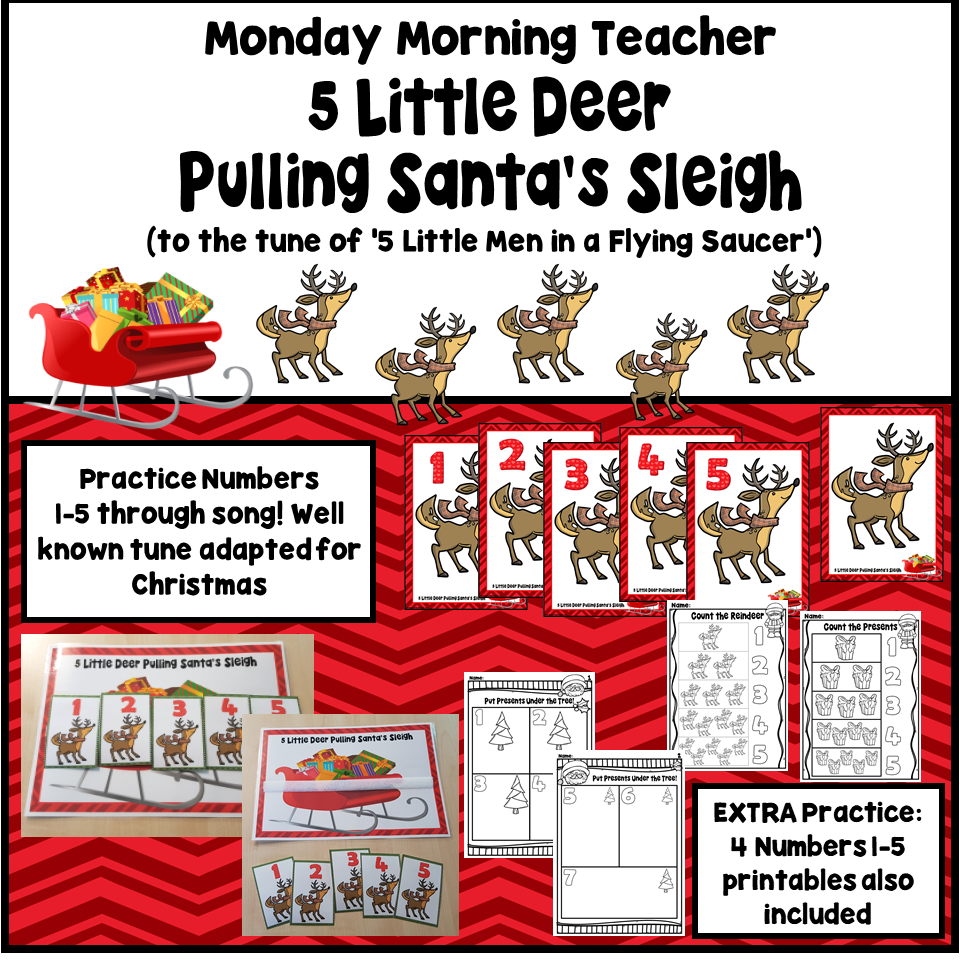
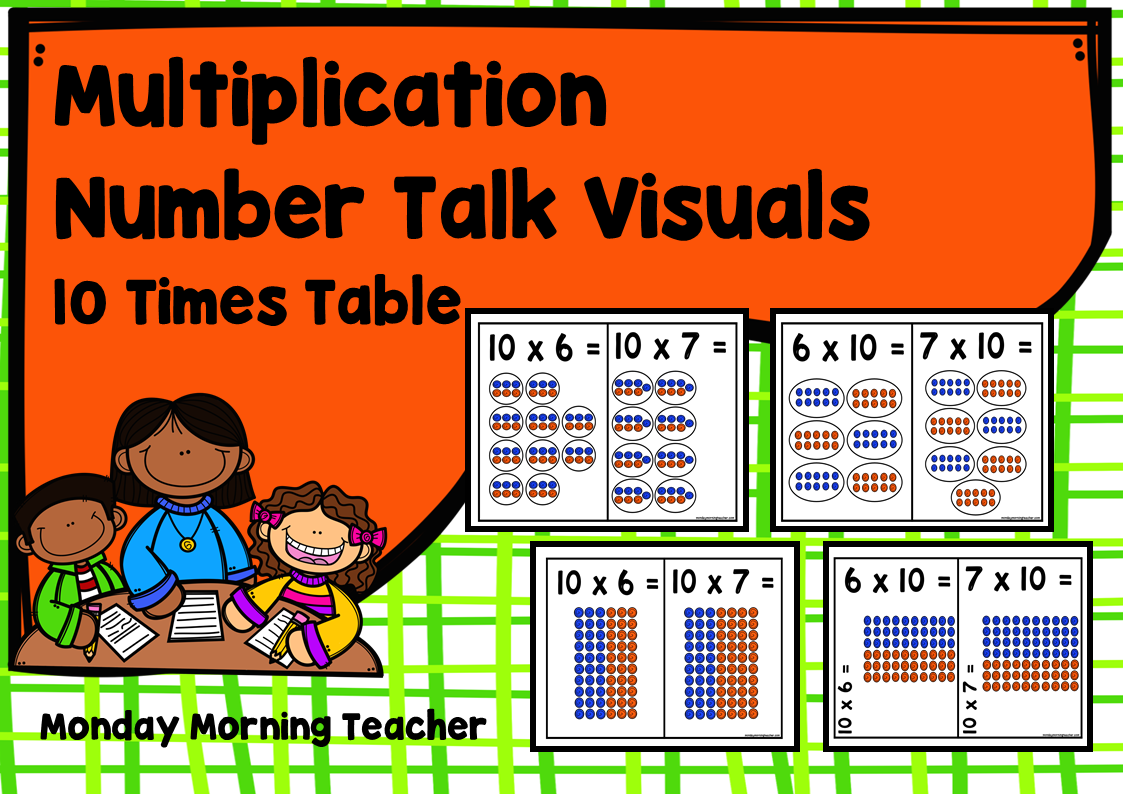
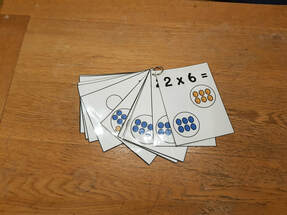
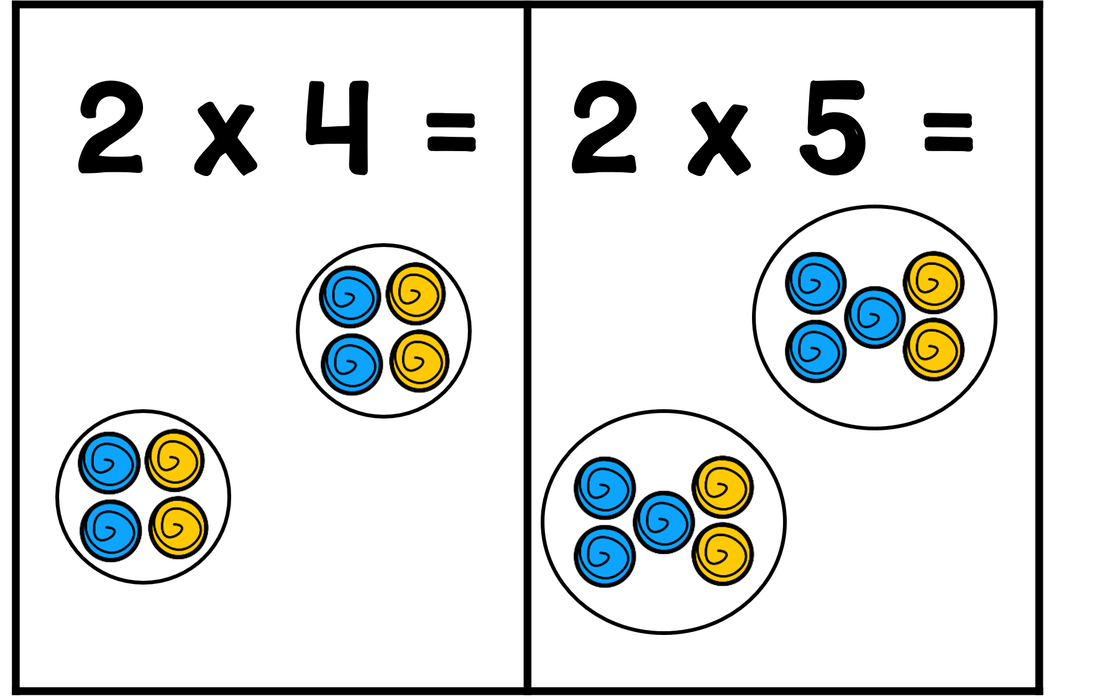
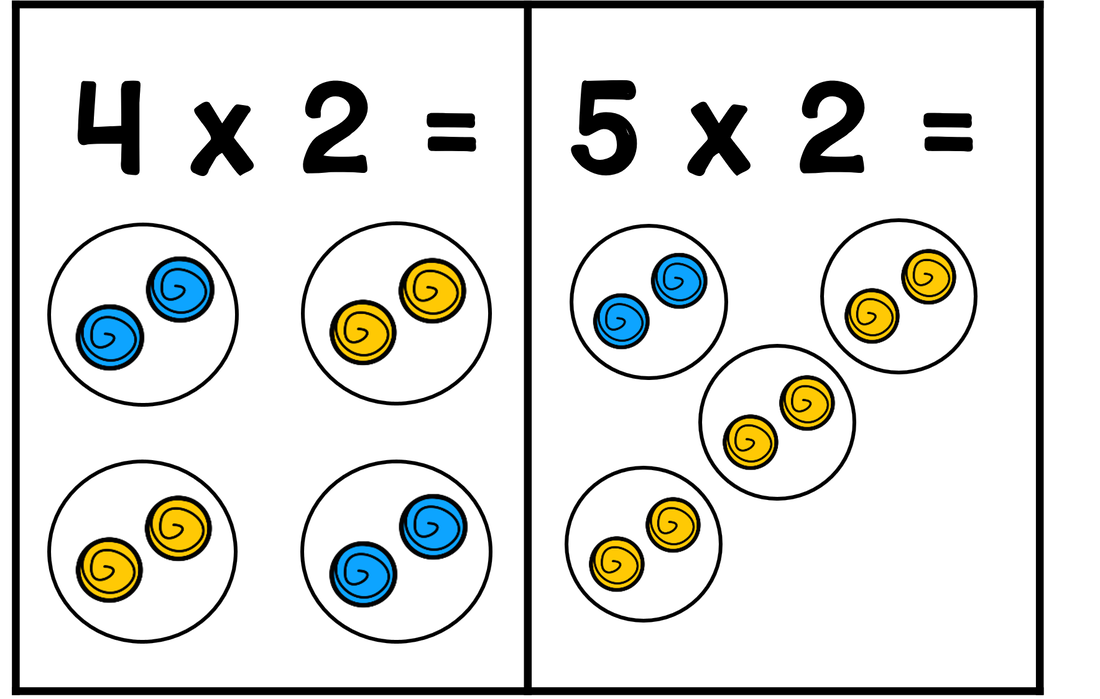
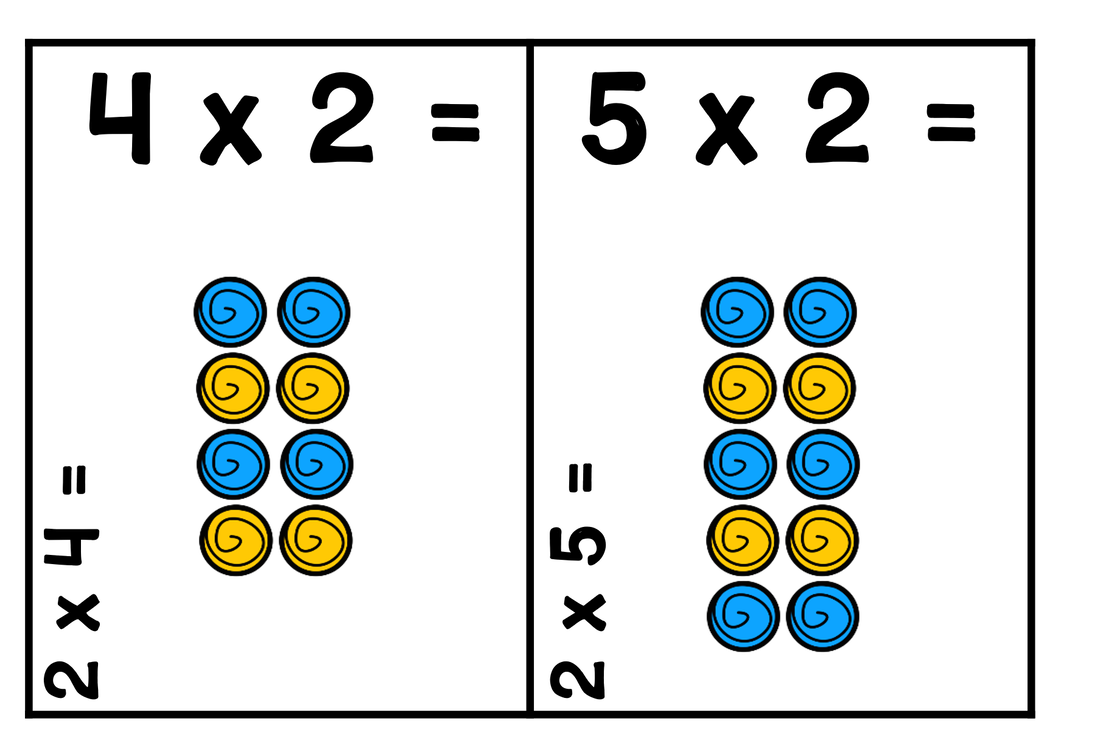
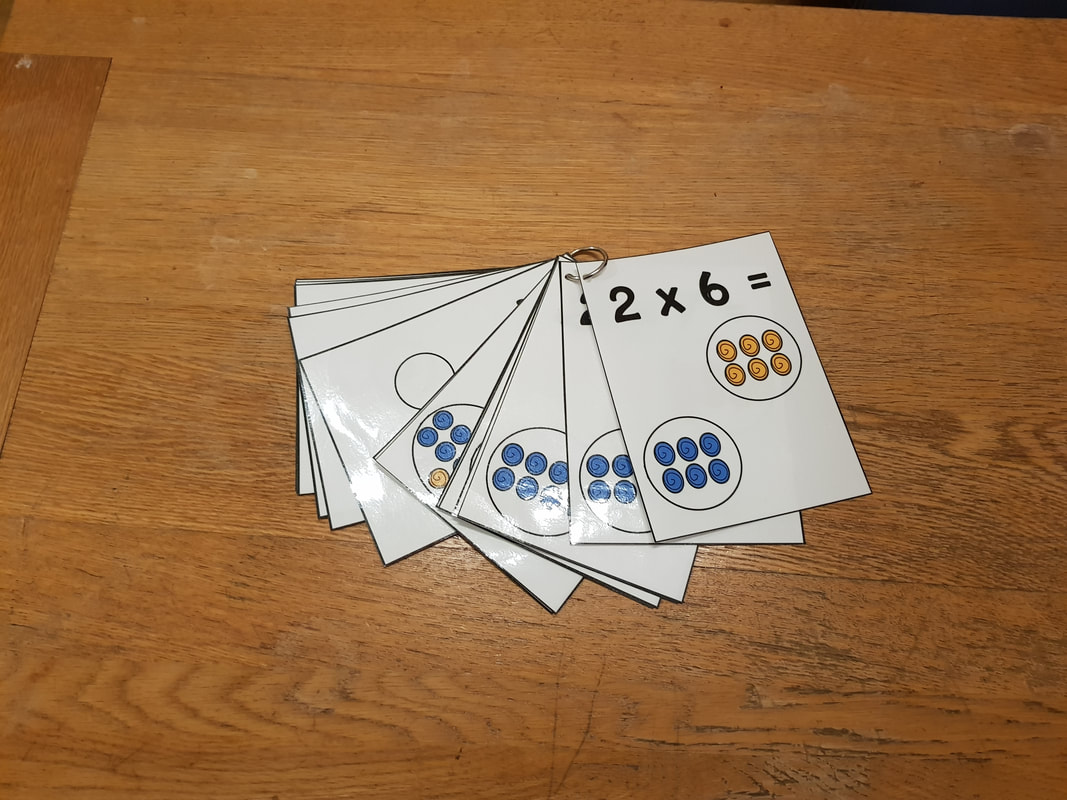
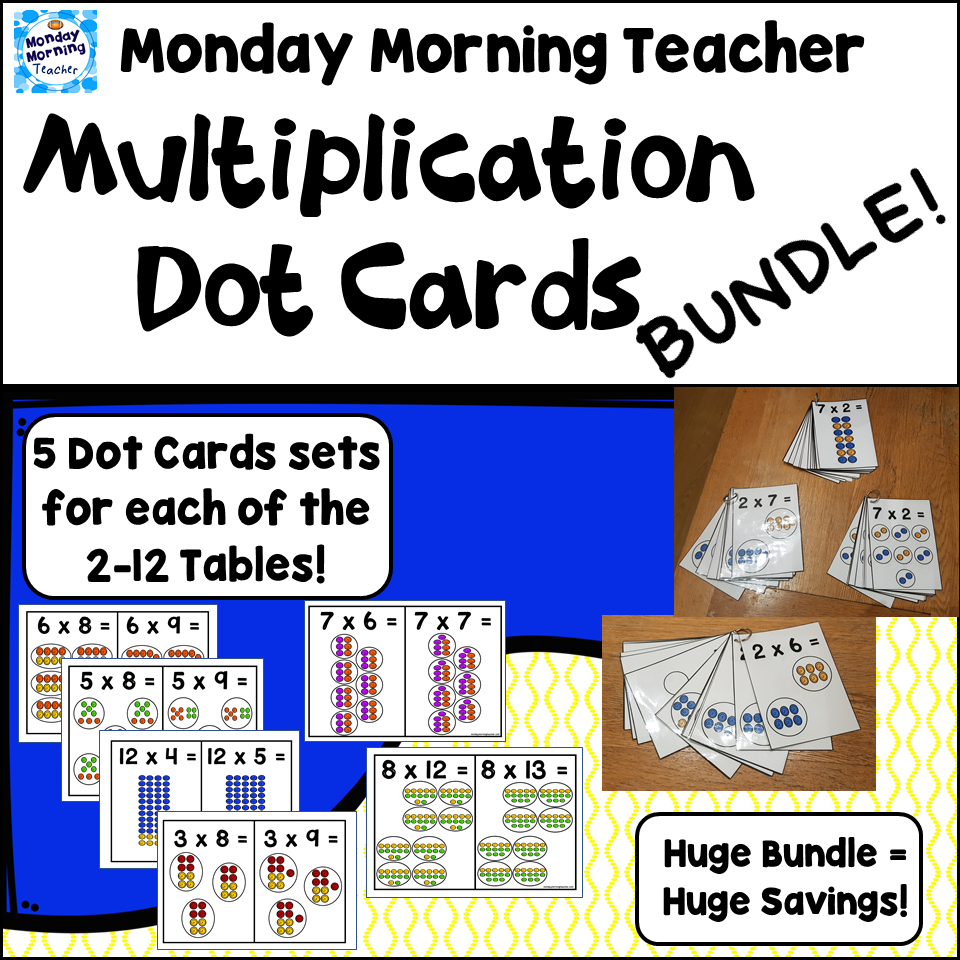
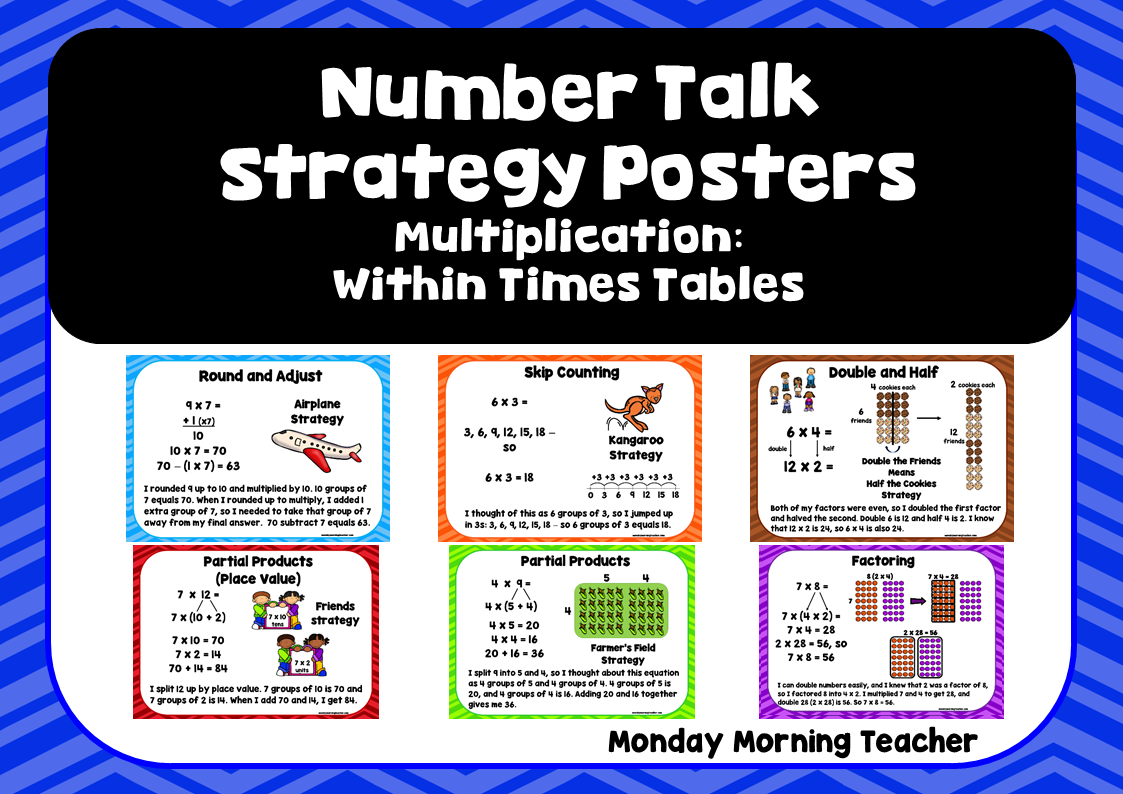
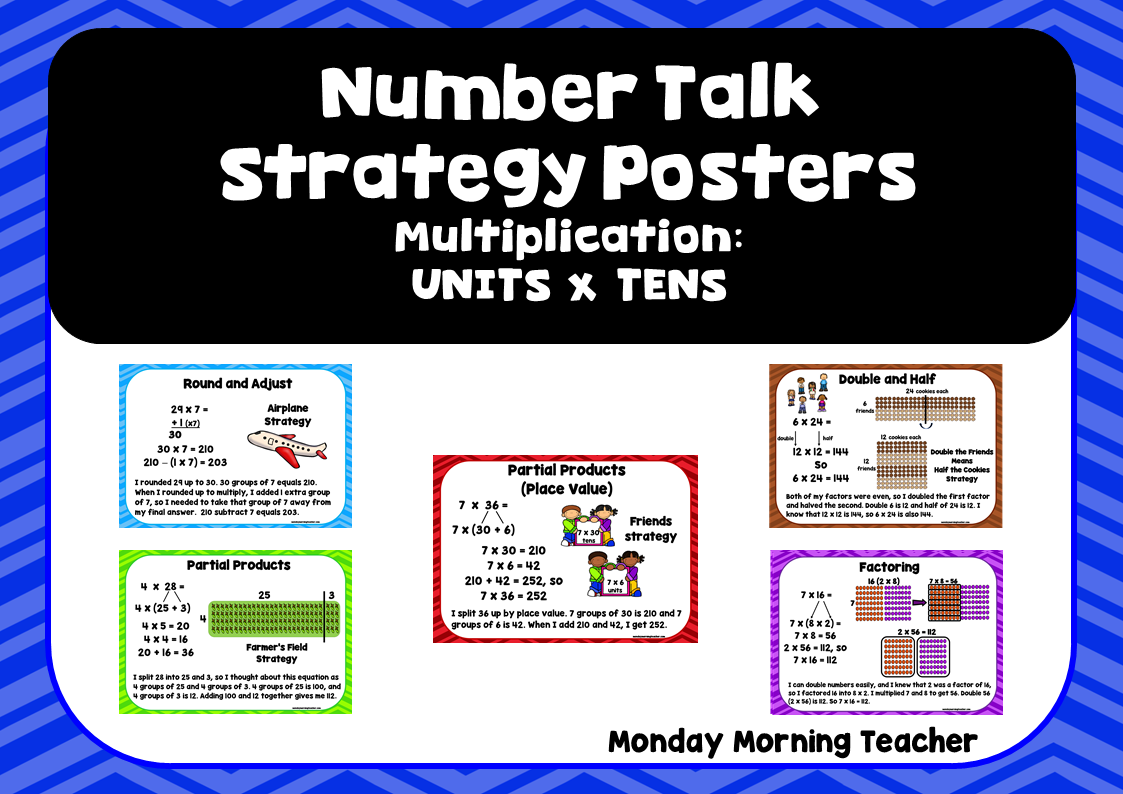
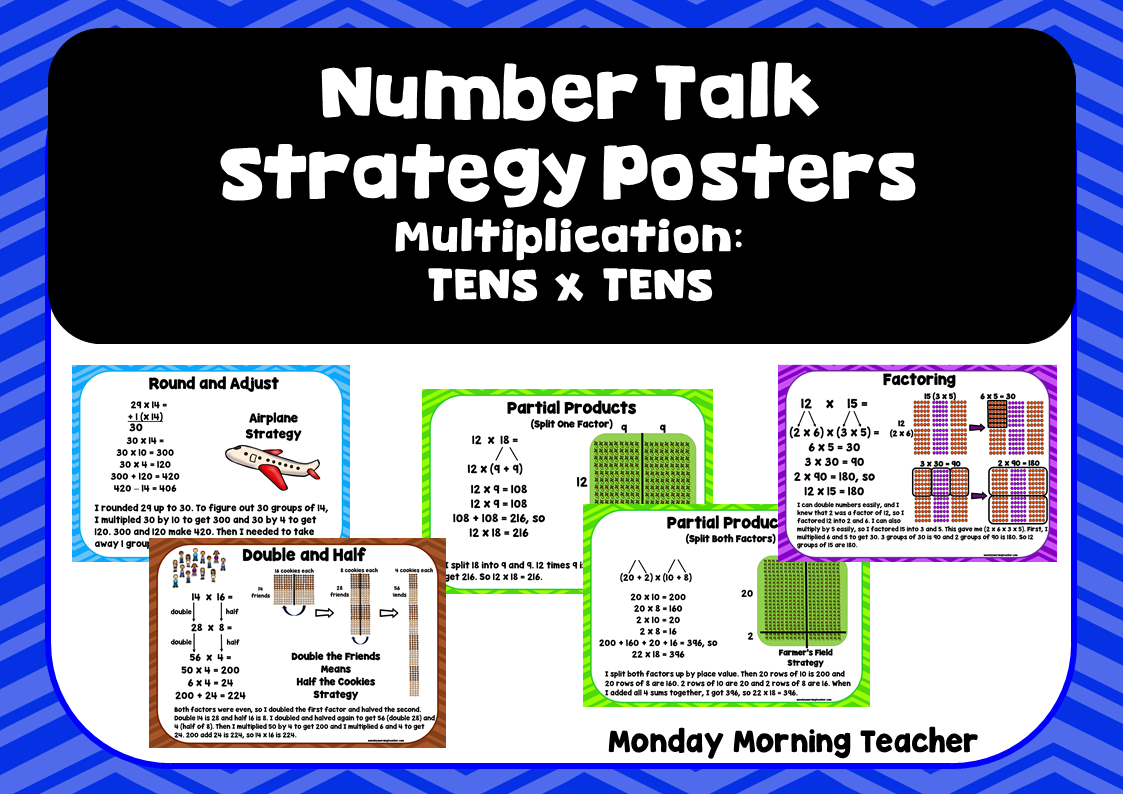
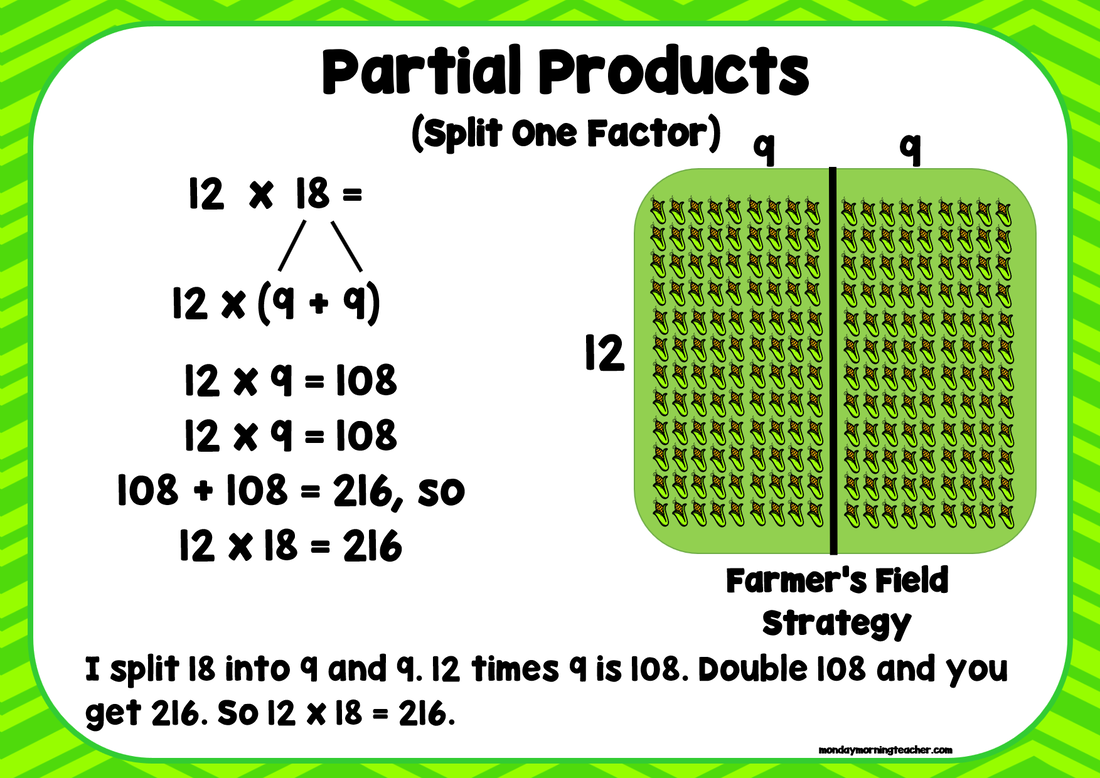
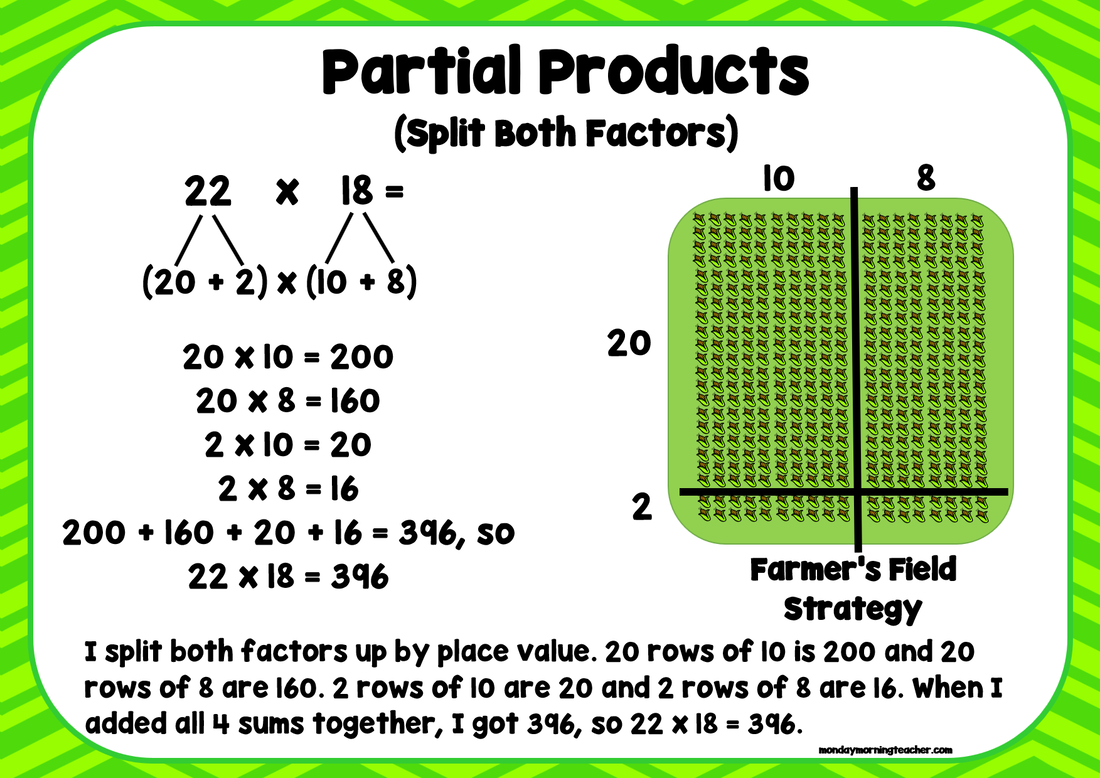
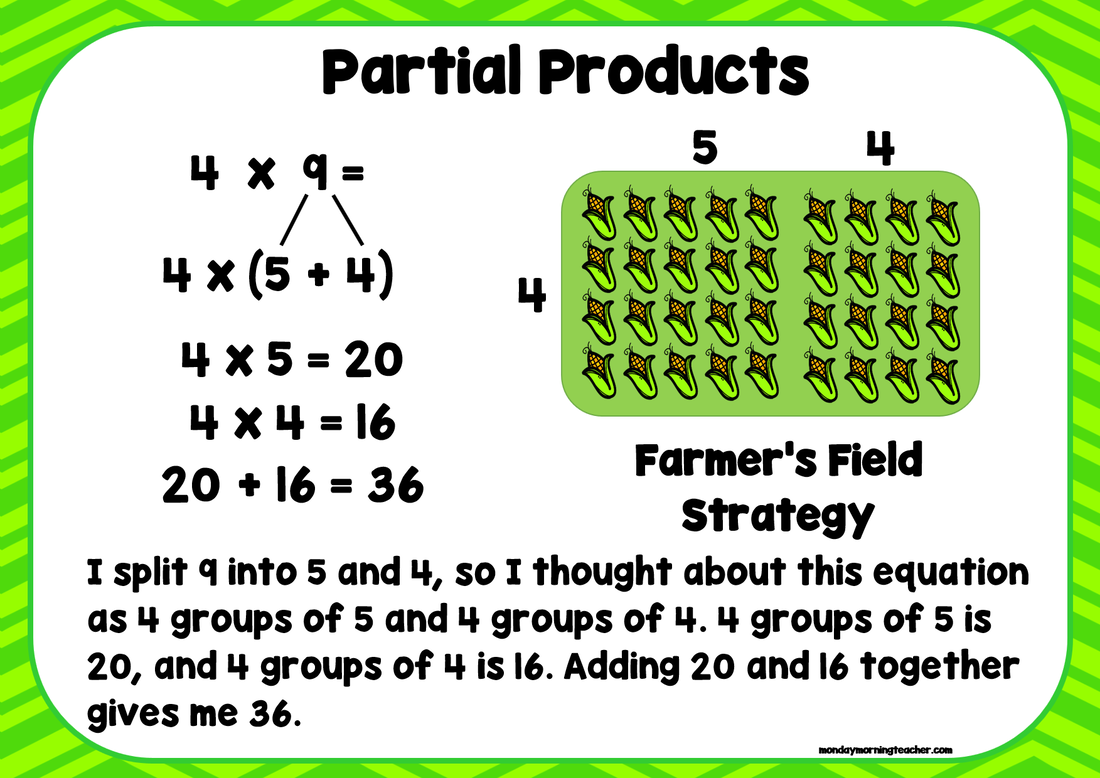
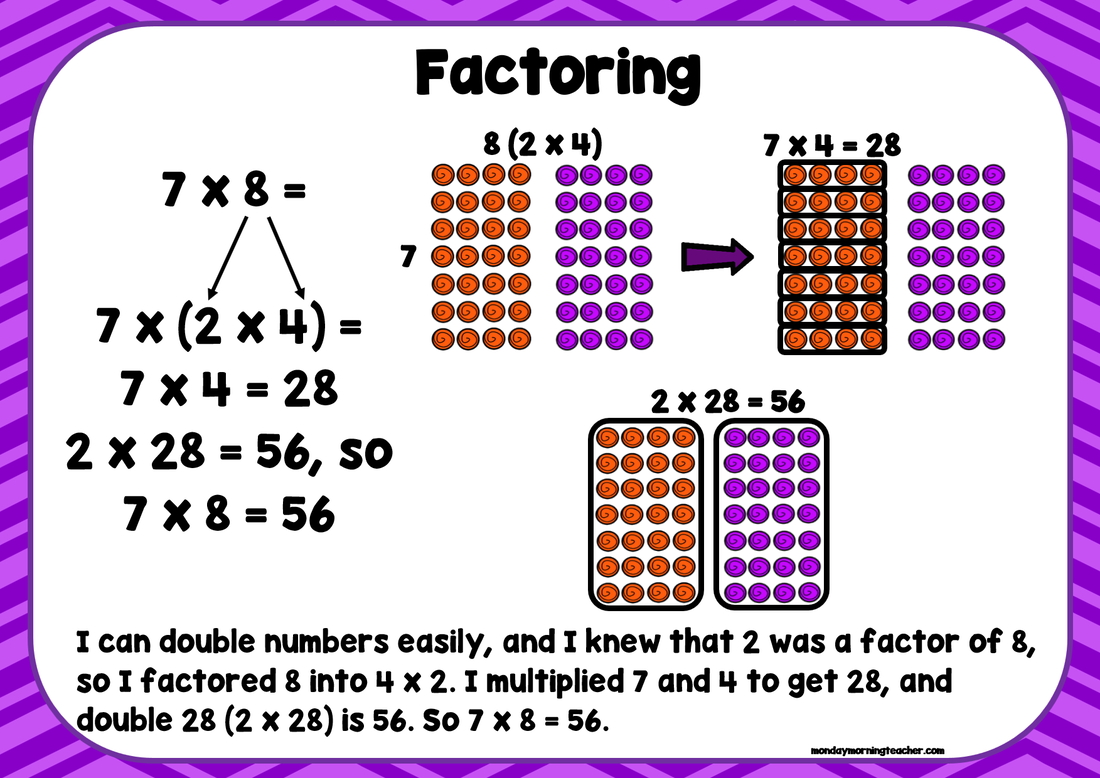
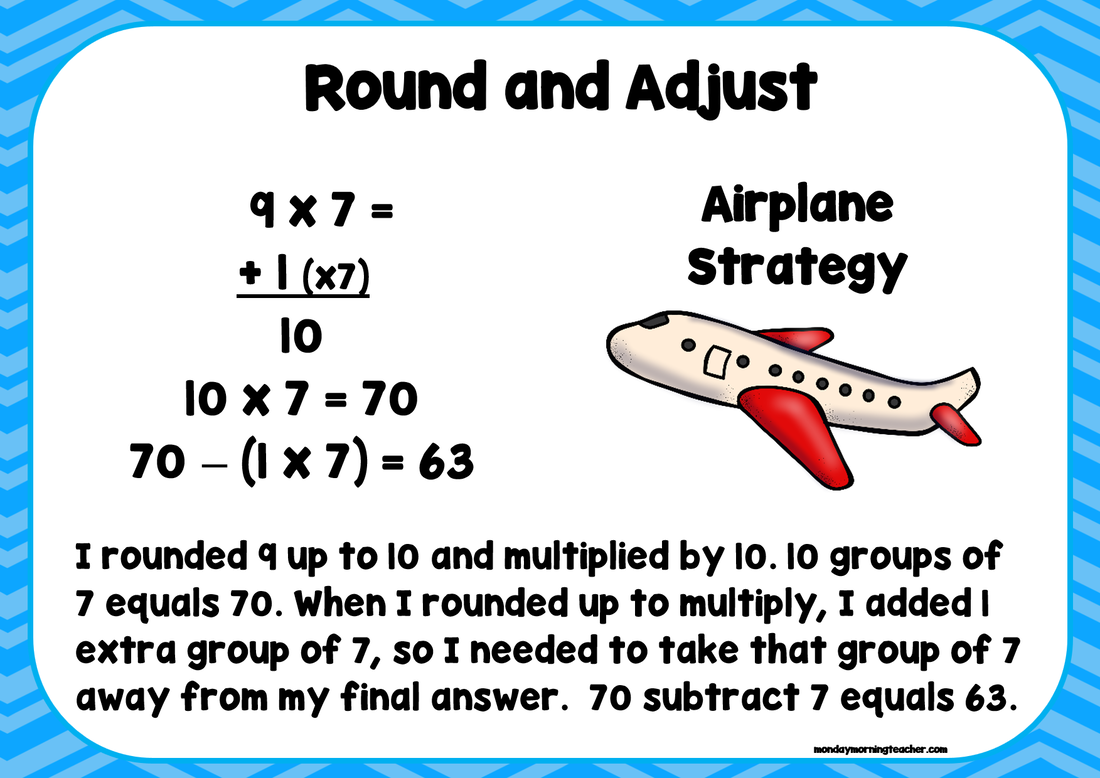
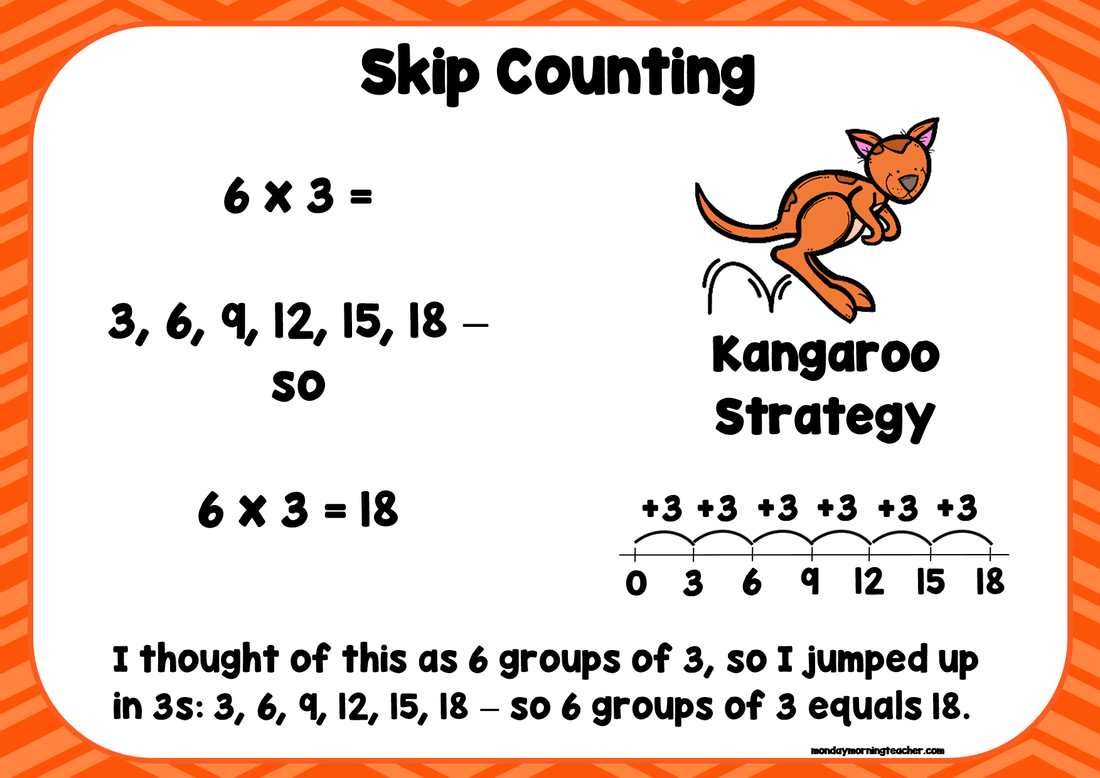
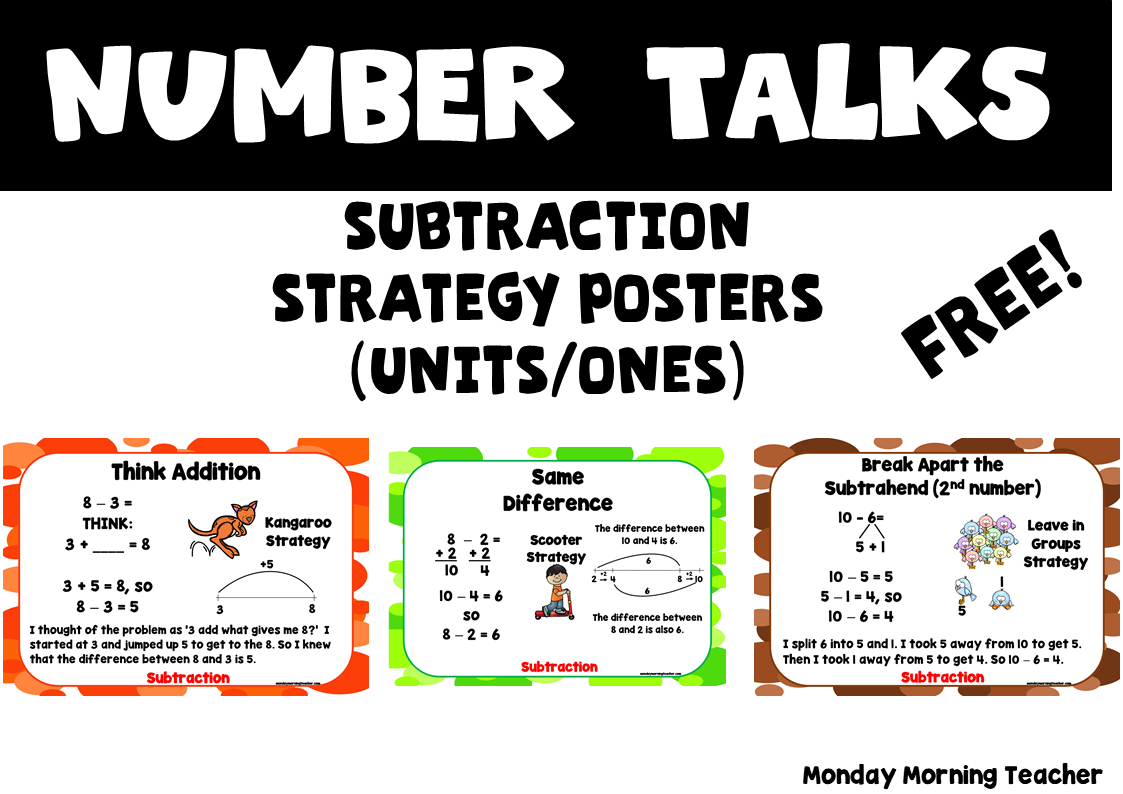
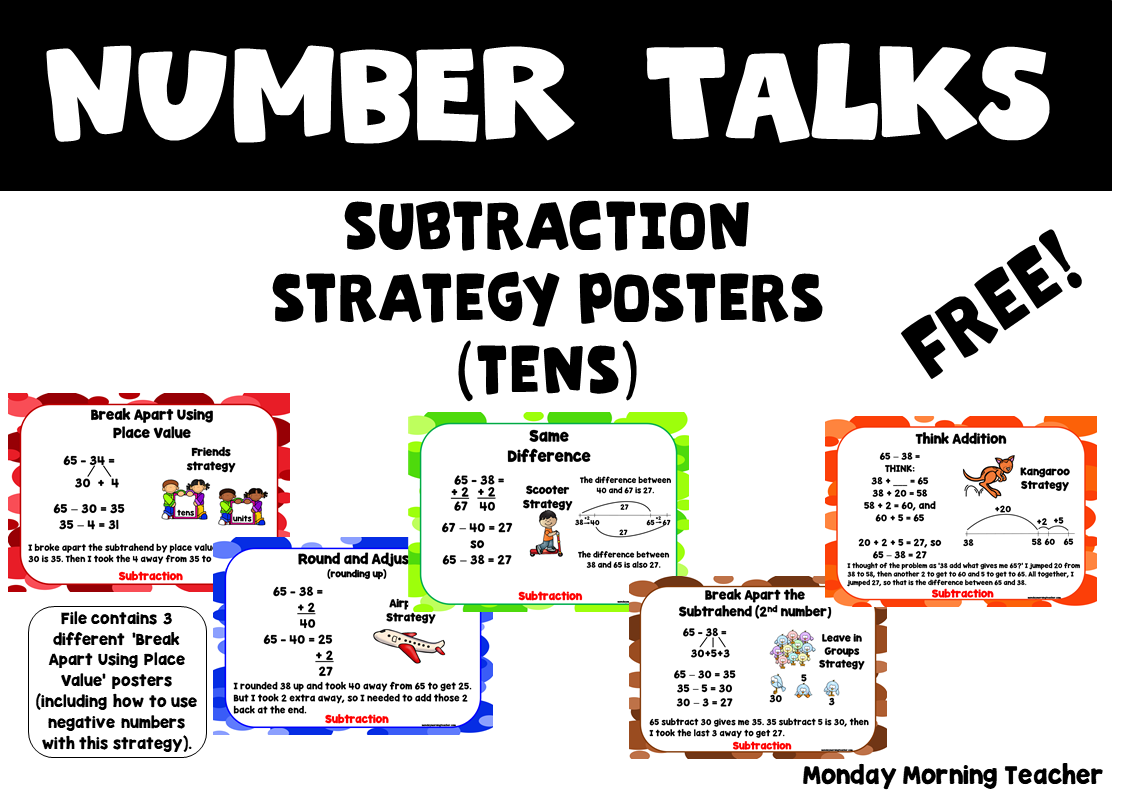
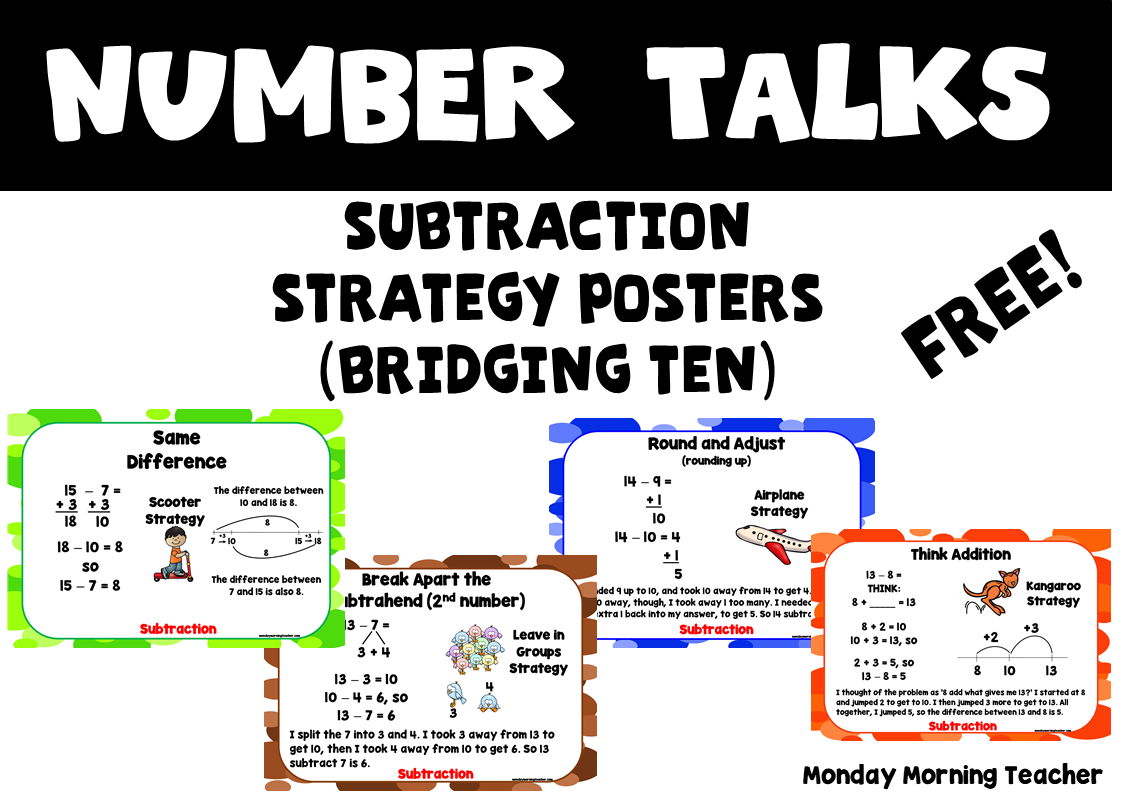
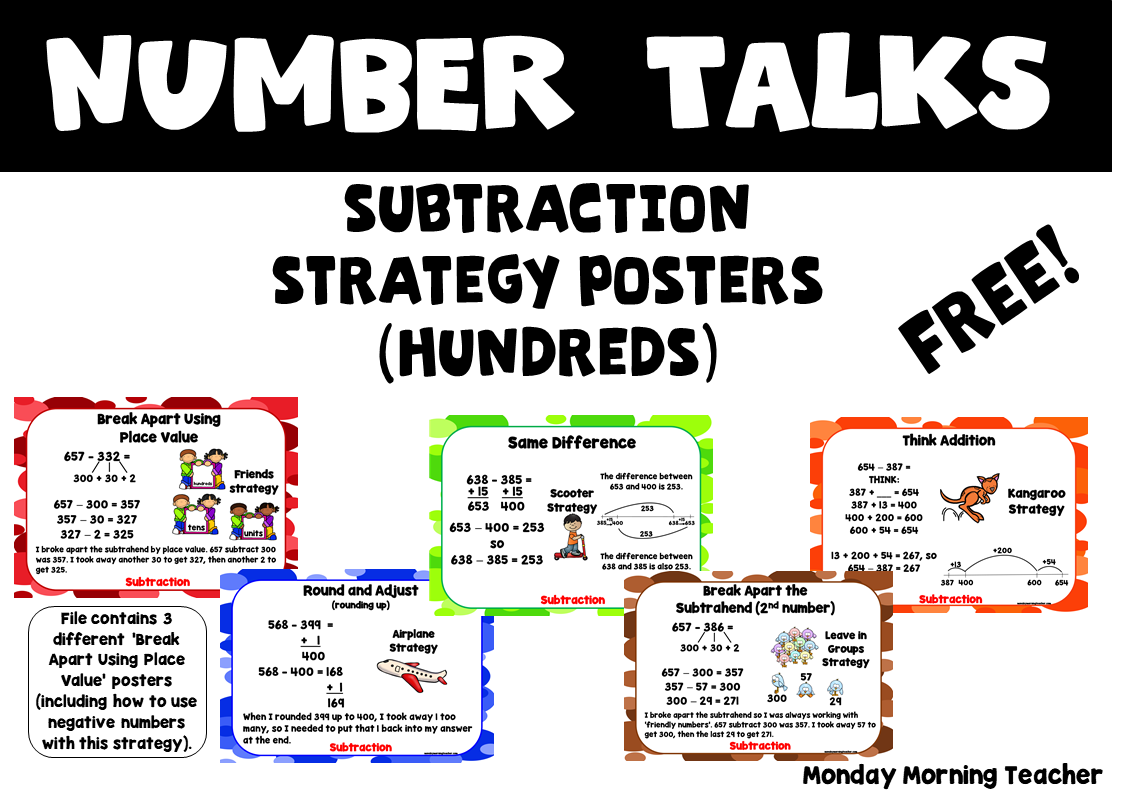
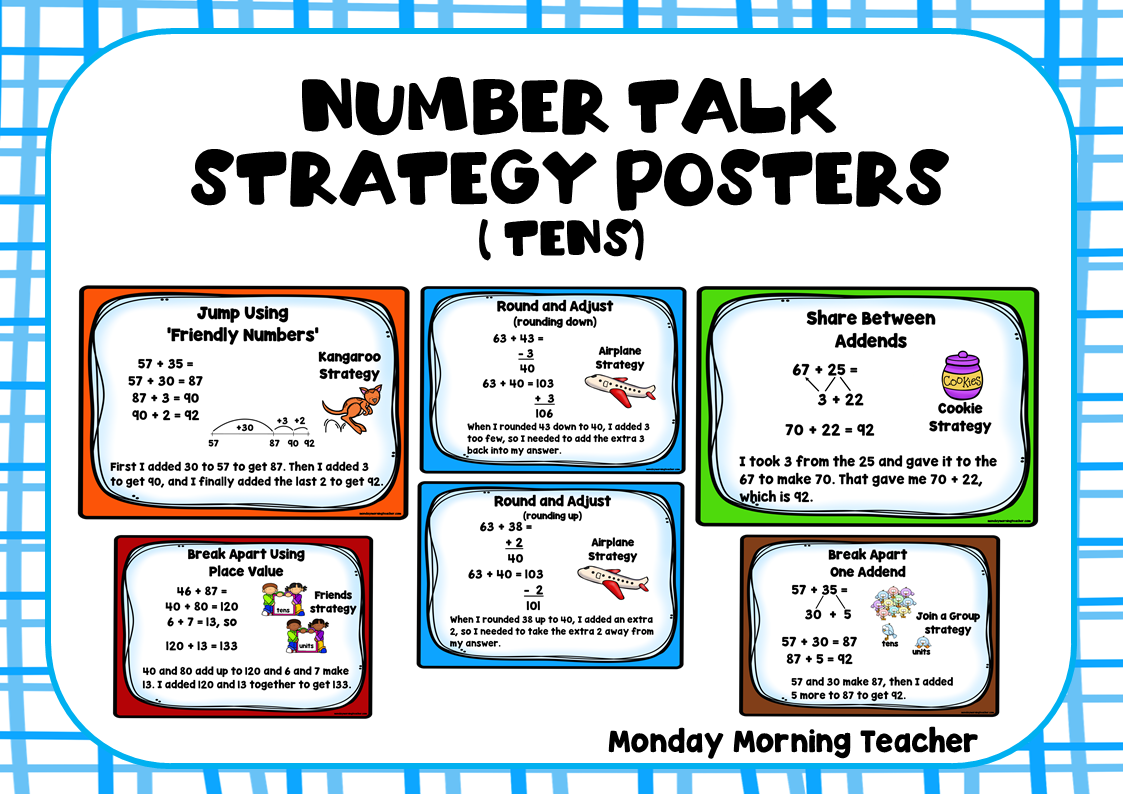
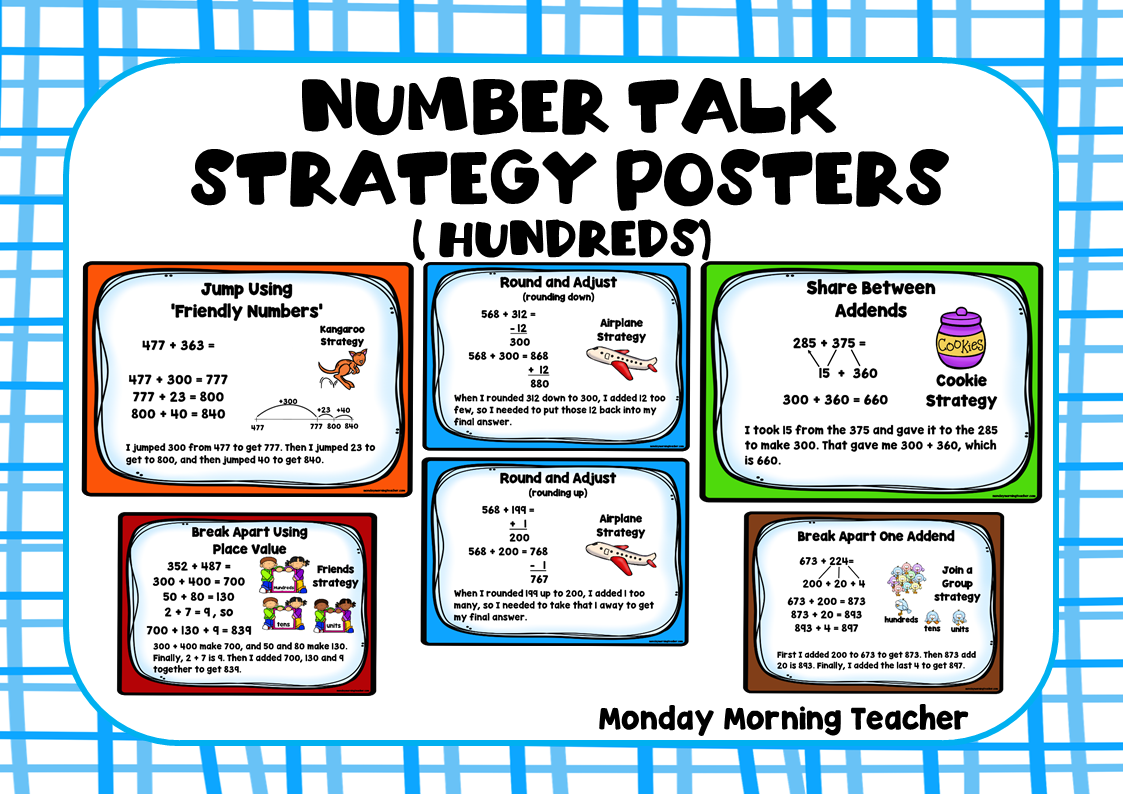
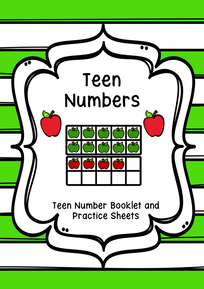
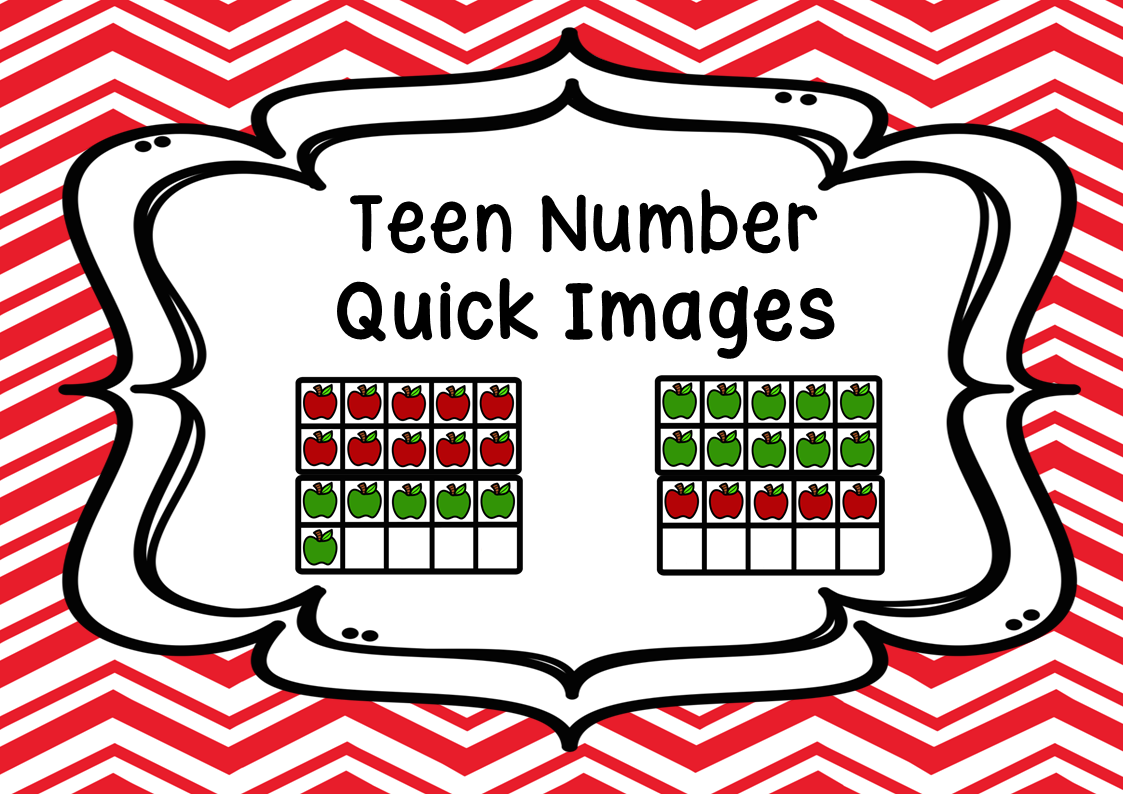
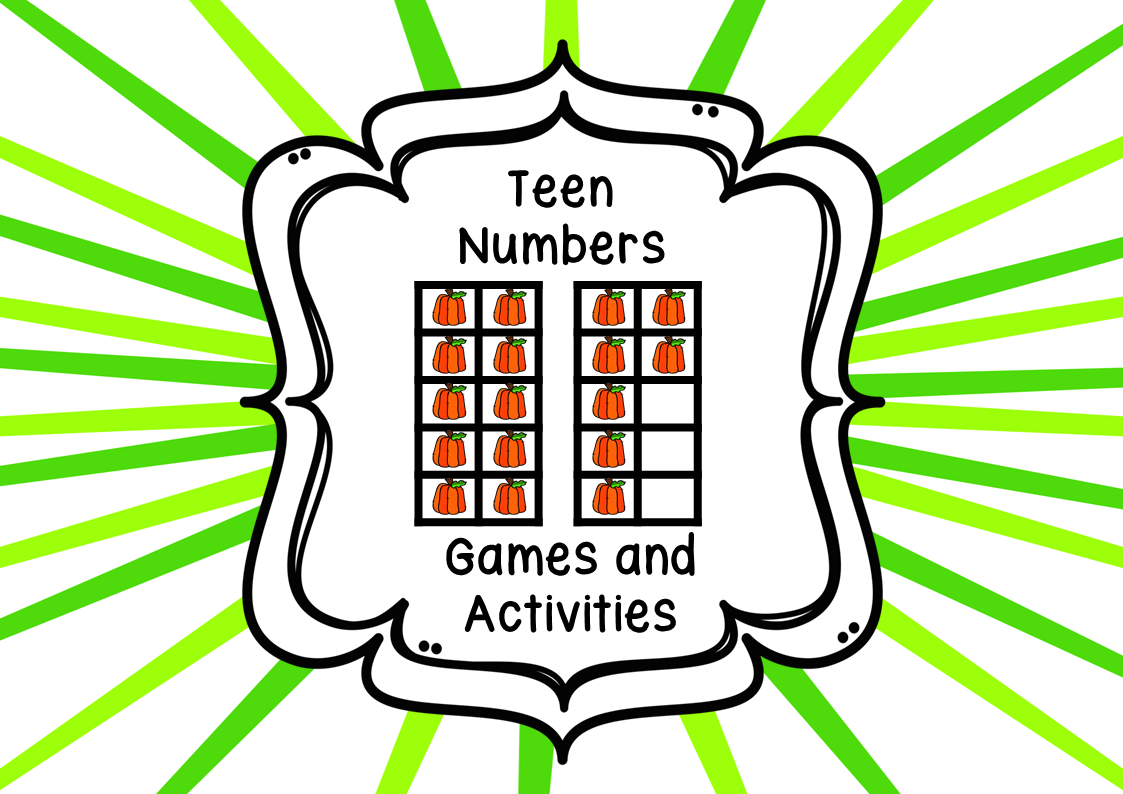
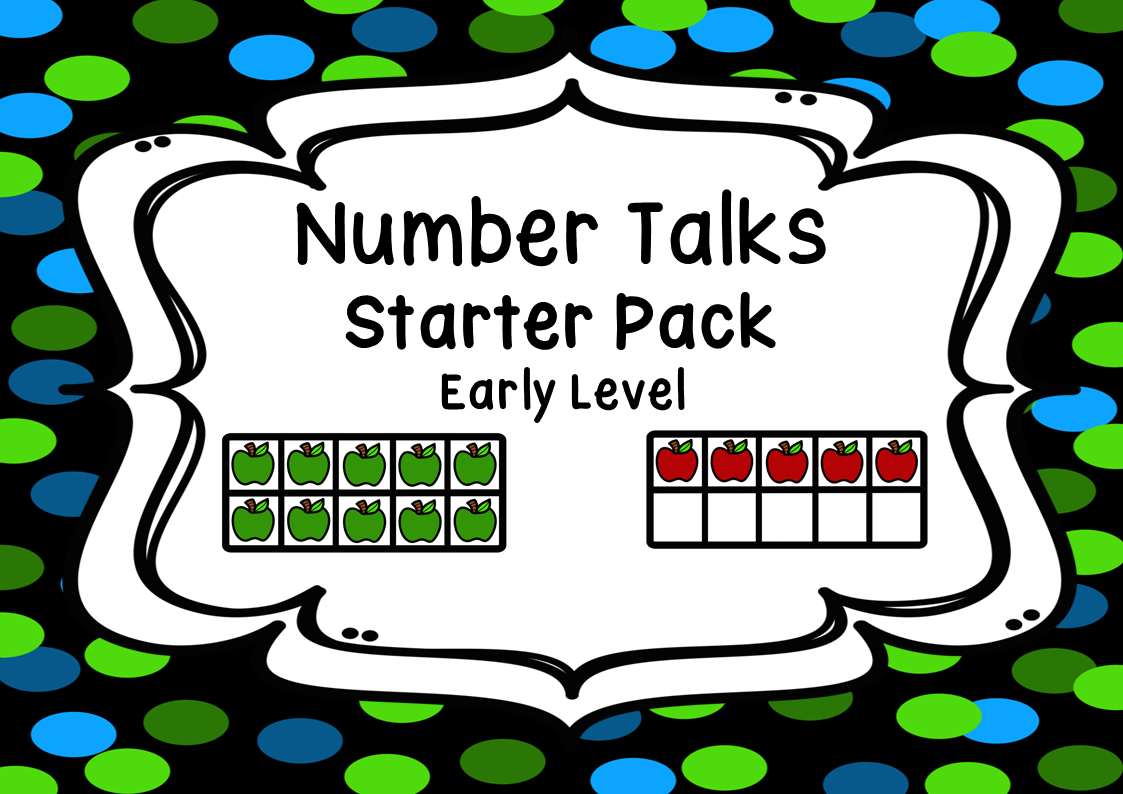
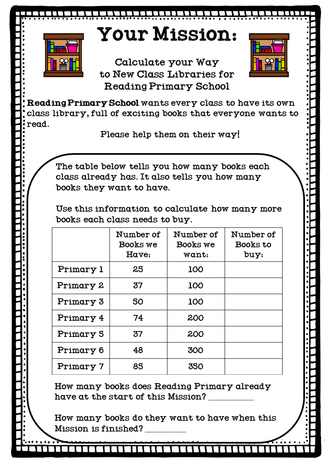
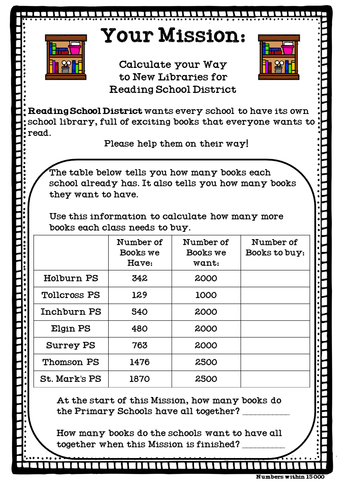
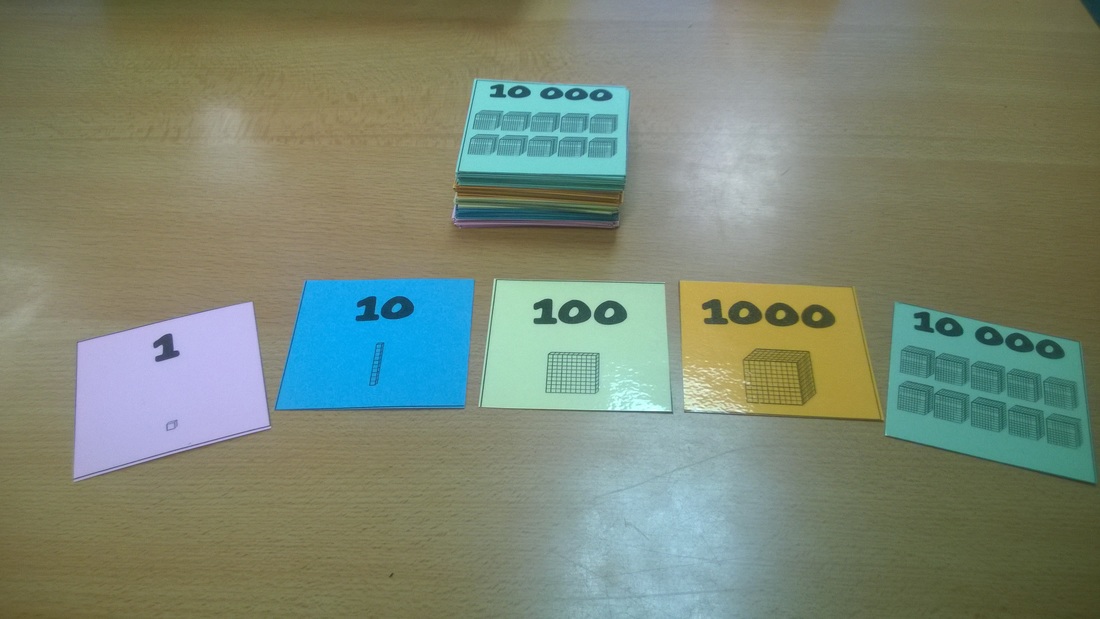
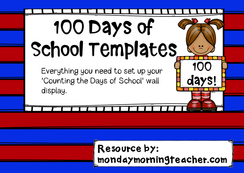
 RSS Feed
RSS Feed